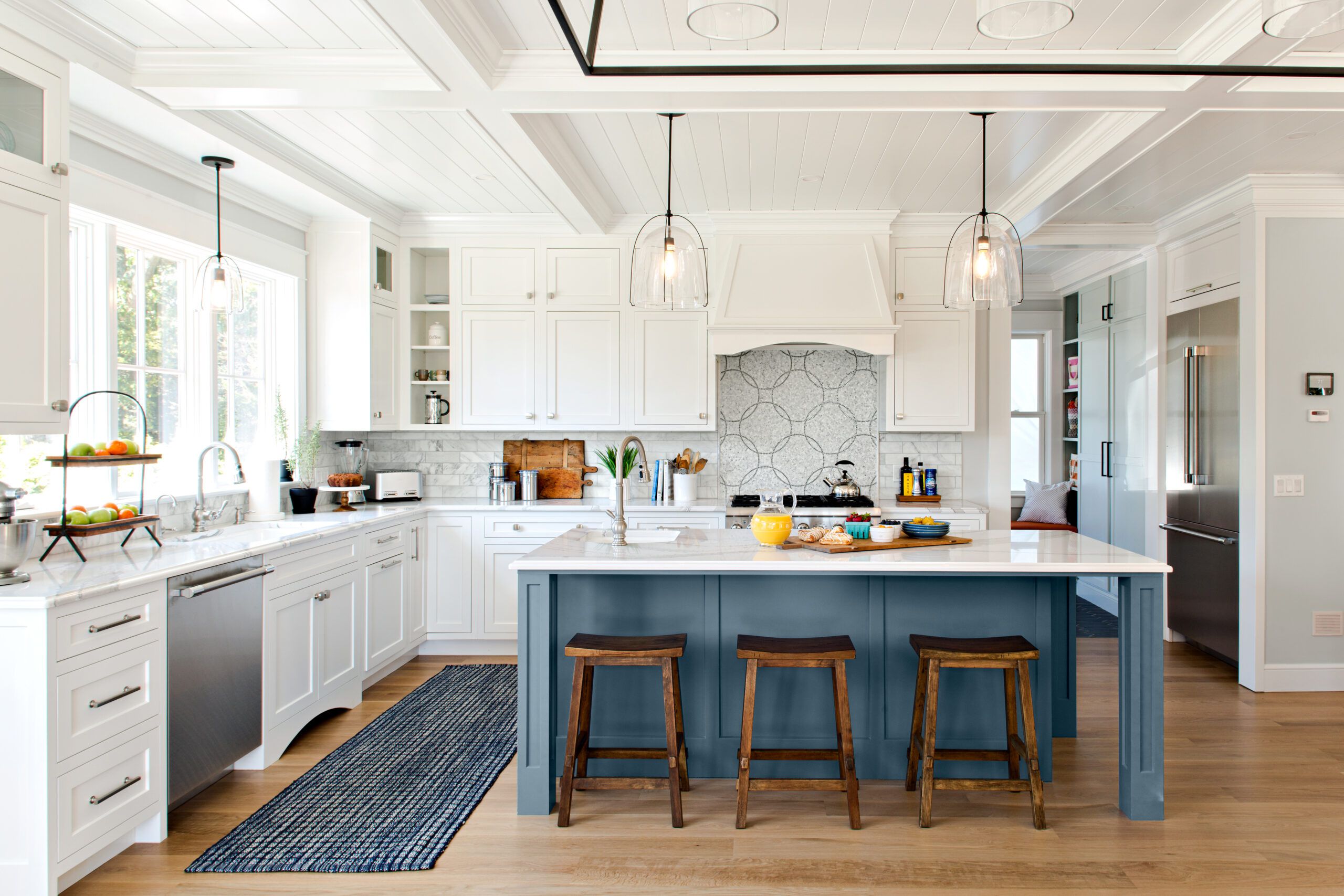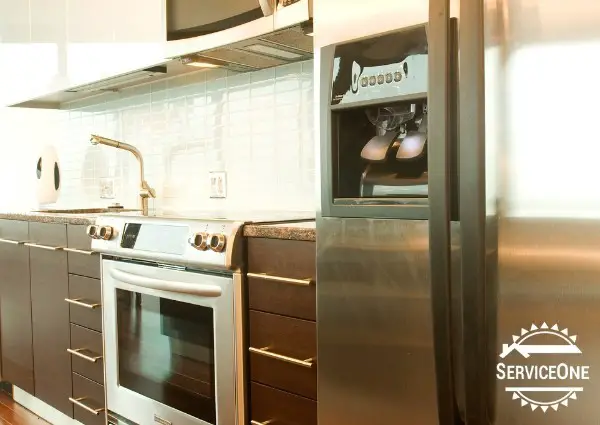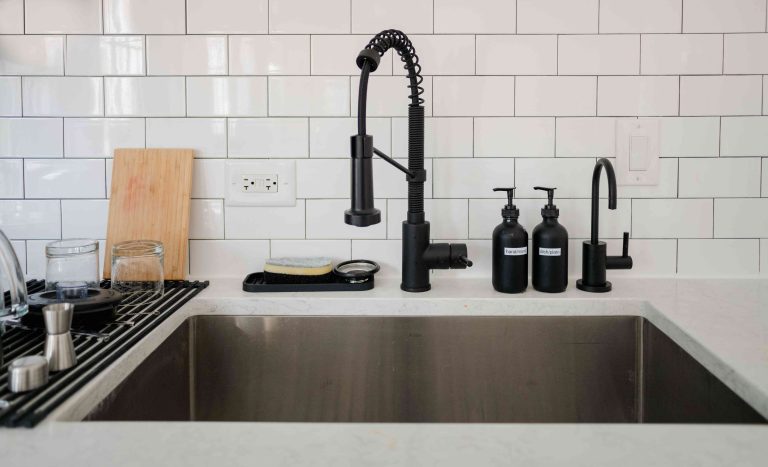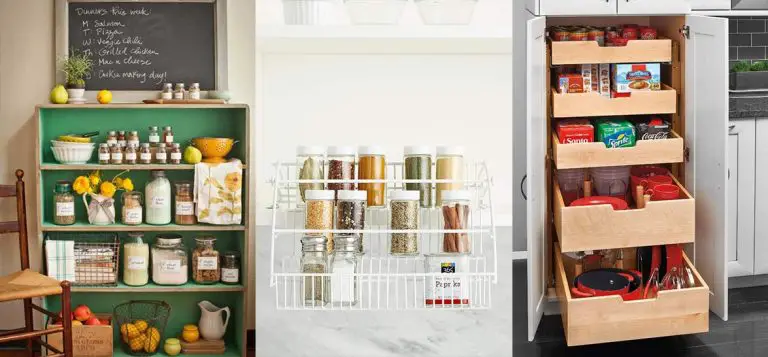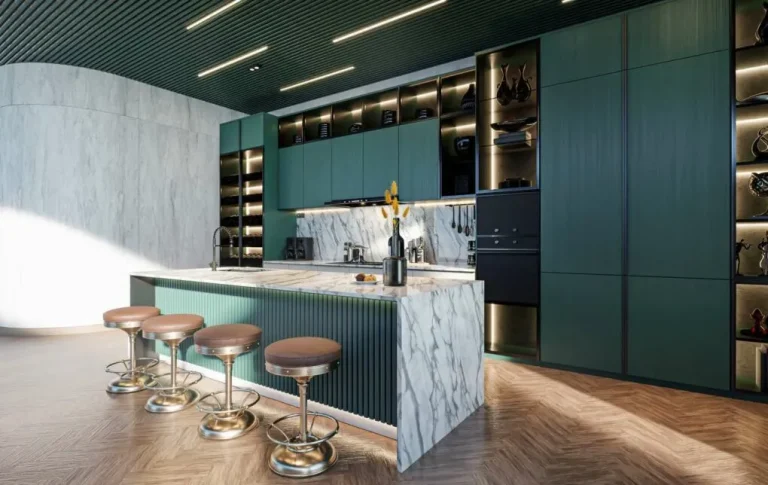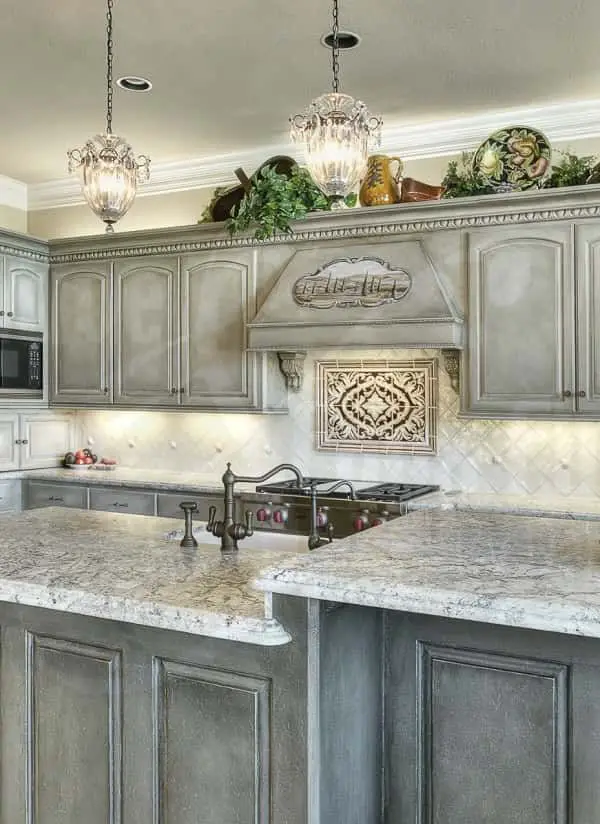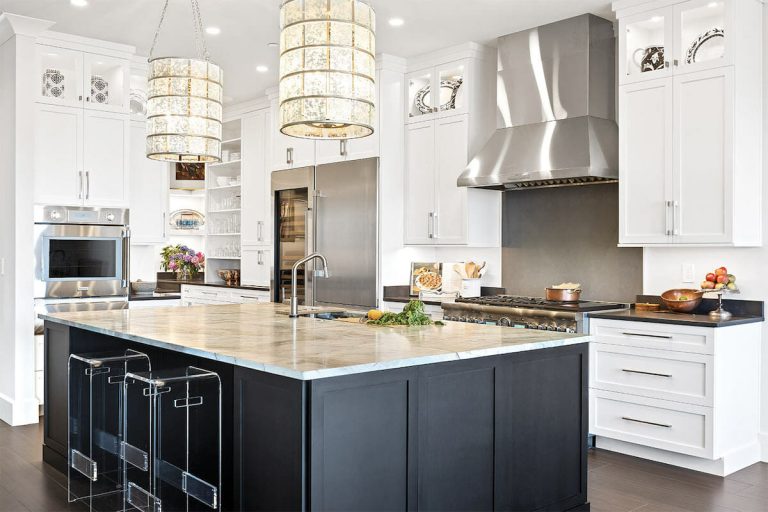What Should Be In A Kitchen Island?
A kitchen island is an essential addition to any modern kitchen. It can provide extra counter space, extra storage, and even an extra sink for food preparation. There are a variety of features that should be included in any kitchen island design, depending on the size and purpose of the island. Common features include a countertop, drawers, cabinets, and shelves. Some kitchen islands even have a built-in stove or seating area. A well-thought-out kitchen island can drastically improve the usability of your kitchen, so it is important to consider the features you need when designing your kitchen island.
Benefits of Adding a Kitchen Island
A kitchen island is a must-have for any modern kitchen. Not only is it aesthetically pleasing, but it can also be incredibly useful in terms of both storage and functionality. Kitchen islands can offer a multitude of benefits, from providing additional counter and storage space to creating a more efficient workflow. Here are some of the major benefits of adding a kitchen island to your kitchen:
- Increased Counter Space: A kitchen island provides an additional space for food preparation and storage. This can be especially helpful in small kitchens where counter space is limited.
- Increased Storage: Kitchen islands can provide extra storage for items that would otherwise take up valuable counter space, such as small appliances, cookware, and utensils.
- Improved Workflow: A kitchen island can create a more efficient workflow by providing an additional work surface for food preparation and serving.
- Flexibility: Kitchen islands can be customized to fit your particular needs and space. They come in a wide variety of sizes, shapes, and styles to suit any kitchen.
- Style: Kitchen islands can be a great way to add a touch of style and personality to your kitchen. They can be decorated with decorative accessories and can be painted or stained to match the rest of your kitchen.
Adding a kitchen island to your kitchen can be a great way to add both style and function. It can provide you with additional counter and storage space, as well as improve the efficiency of your workflow. With so many different options available, it’s easy to find a kitchen island that will fit your needs and style.
Design Elements of a Kitchen Island
A kitchen island is one of the most important aspects of a modern kitchen, providing a functional and stylish centerpiece of the room. When designing a kitchen island, it’s important to consider all the elements that will make it functional and stylish. Here are some of the key design elements that should be included in a kitchen island:
-Storage: Kitchen islands should have plenty of storage space for items such as pots, pans, utensils, and other kitchen essentials.
-Countertop: The countertop should be made of durable material such as granite, stainless steel, or marble that will hold up to daily use.
-Appliances: Adding appliances such as a sink, dishwasher, and stovetop can make food prep and clean-up easier.
-Lighting: Task lighting such as pendant lights or an LED strip will help brighten up the work area and make it easier to use.
-Seating: Adding a few bar stools or chairs to the island can create a comfortable spot for eating or socializing.
By taking into account these design elements, you can create a kitchen island that is both stylish and functional. With proper planning and design, a kitchen island can be the perfect centerpiece for your kitchen.
Factors to Consider When Purchasing a Kitchen Island
A kitchen island is a great addition to any home. It can provide extra storage and workspace, and it can serve as an additional gathering spot for family and friends. But before you purchase one, it’s important to consider a few factors to make sure it’s the right choice for you.
First, consider the size of your kitchen and the amount of space you have available for the island. Measure the space, including the area around the island, and choose an island that fits comfortably. Next, consider the type of island you’d like. There are many different styles and materials available, so select one that fits with the overall look and feel of your kitchen.
Another factor to consider is the functionality of your island. What type of features would you like it to have? Some islands come with built-in storage, cabinets, drawers, and even preparation surfaces. You may also want to consider adding a sink or a stovetop for additional convenience.
Finally, consider the cost. Kitchen islands can range in price significantly, so decide on a budget and shop around for the right island that meets your needs and your budget.
By considering these factors, you can ensure that your kitchen island purchase is the right one for you. With the right island, you can create the perfect gathering spot for your family and friends and the perfect workspace for all your cooking needs.
Kitchen Island Size and Shape
The size and shape of a kitchen island are of utmost importance when it comes to designing a functional and stylish kitchen. Kitchen islands come in a variety of sizes, shapes, and styles – from large islands to small, rectangular islands to round ones, and everything in between. Depending on the available space in the kitchen, the size and shape of the island can be tailored to fit the needs of the user.
When it comes to kitchen island size, it should be considered about the other elements in the kitchen, such as the cabinetry, countertops, and other appliances. It’s important to ensure that the kitchen island size allows for an adequate amount of space for cooking, prepping, and entertaining. It should also be large enough to fit all the desired kitchen features.
When it comes to kitchen island shape, it can be either round, rectangular or a combination of the two. Round islands are great for seating multiple people, while rectangular islands are great for food prep and storage. Combining the two shapes can create a unique look and provide more counter space as well.
No matter the size and shape of the kitchen island, it should be designed with functionality and aesthetics in mind. It should provide enough space for cooking, prep, and entertaining, while also looking aesthetically pleasing and adding to the overall style of the kitchen.

Kitchen Island Storage Solutions
A kitchen island is a great way to add extra storage space and functionality to your kitchen. But what exactly should be stored on a kitchen island? The answer to this question depends on the type and size of your kitchen island, as well as the types of items you have on hand. The most common items to store in a kitchen island are pots, pans, and utensils, but many other kitchen island storage solutions can make your kitchen more efficient.
Here are some ideas to consider when planning kitchen island storage:
- Use cabinets and drawers to store items such as plates, mugs, glasses, and small appliances.
- Install hooks and racks to hang items such as pans, pots, and utensils.
- Install a pull-out cutting board or knife block to keep knives and cutting boards off the countertop.
- Add a wine rack or beverage cooler to store wines, beers, and other beverages.
- Use baskets, bins, and drawers to store small items such as napkins, condiments, and spices.
- Add shelves to store cookbooks, dishes, and other kitchen essentials.
By adding the right storage solutions to your kitchen island, you can make your kitchen more organized and efficient. Whether you’re looking for functional storage options or decorative accents, there are plenty of ways to make your kitchen island stand out. With a few simple additions, your kitchen island can be transformed from a mere storage unit into an attractive centerpiece of your kitchen.
Kitchen Island Countertop Options
Kitchen islands are becoming increasingly popular in home remodeling projects. But what should be included in these multifunctional pieces of furniture? An important component of a kitchen island is the countertop. Countertop materials range from natural stone and solid surface to laminate and wood, each with its unique benefits and drawbacks.
When selecting a kitchen island countertop, it’s important to consider factors like durability, cost, style, and maintenance. Natural stones like granite and marble are popular choices due to their durability and attractive aesthetics. However, they can be expensive and require regular maintenance. Solid surface countertops are a more affordable option and often come in a variety of colors and textures to suit any style. Laminate countertops are a budget-friendly choice but may not be as durable as other materials. Wood countertops can bring warmth and character to a kitchen and are easy to maintain, but are prone to scratches and water damage.
No matter which countertop material you choose, it’s important to consider its function in the kitchen. A kitchen island countertop should be both beautiful and practical, so make sure to select one that will stand up to the demands of your lifestyle.
Kitchen Island Lighting
The kitchen island is an important part of any kitchen design, but it is often overlooked. A kitchen island can add style and function to any kitchen, but it can also be a hazard if not properly lit. Kitchen island lighting is essential to ensure that the island is well-lit and safe to use. There are several types of kitchen island lighting, including recessed lighting, pendant lighting, and under-cabinet lighting, each with its benefits and drawbacks. Depending on the size and shape of the kitchen island, different lighting solutions may be necessary to ensure that the island is effectively lit. Additionally, it is important to consider the effects of the lighting on the overall look and feel of the kitchen. With the right kitchen island lighting, a well-designed kitchen island can be a beautiful, functional part of any kitchen design.
Kitchen Island Seating Solutions
Kitchen islands are becoming increasingly popular in homes today, not only for their aesthetic value but also for their practical uses. One of the most important questions to consider when adding a kitchen island is how to make the most of the available seating. From built-in bar stools to counter-height chairs, there are plenty of seating solutions for kitchen islands. Here we explore the pros and cons of each option to help you decide which is right for you.
Built-in bar stools provide a space-saving solution for kitchen islands, with no need for extra chairs. They can be adjusted to suit different heights and are usually easy to move around. However, they can be expensive and often lack the comfort and style of other seating solutions.
Counter-height chairs are the traditional seating option for kitchen islands. Stylish and comfortable, they come in a variety of materials and designs. These chairs offer plenty of legroom and can seat up to six people. However, they take up more space than bar stools and can be more expensive.
If you’re looking for a unique way to seat your kitchen island, why not try bench seating? This seating option allows you to fit more people around your island, while also providing plenty of storage space underneath. However, they can be tricky to get in and out of if you don’t have enough space.
No matter which seating solution you choose, make sure it fits both your lifestyle and kitchen design. With careful consideration, you can create a kitchen island that looks great and meets the needs of your family.
FAQs About the What Should Be In A Kitchen Island?
What type of materials should be used for a kitchen island?
Kitchen islands can be made from a variety of materials, including wood, metal, stone, and concrete. Choose a material that best suits your kitchen’s aesthetic and will be durable enough to handle frequent use.
What type of features should a kitchen island have?
Kitchen islands should include a countertop, storage space, and electrical outlets for small kitchen appliances. Additional features such as seating, built-in shelves, and wine racks can also be added to create a more functional space.
How much space should be allocated for a kitchen island?
The size of your kitchen island will depend on the size of your kitchen and the amount of space available. Generally speaking, a kitchen island should be at least 4 feet long and 2 feet wide to provide enough space for food preparation and storage.
Conclusion
A kitchen island can be a great addition to any kitchen. It provides extra storage, counter space, and a place to gather with family and friends. When considering what should be on a kitchen island, think about your needs and preferences. Do you need additional storage for pots and pans, or would you prefer to have extra counter space to prepare meals? Maybe you want to add a sink or dishwasher to make cleanup easier. Consider adding outlets for small appliances or storage for utensils and spices. Finally, choose a design that fits your kitchen’s style and size. A kitchen island can help transform your kitchen into an inviting and functional space.

